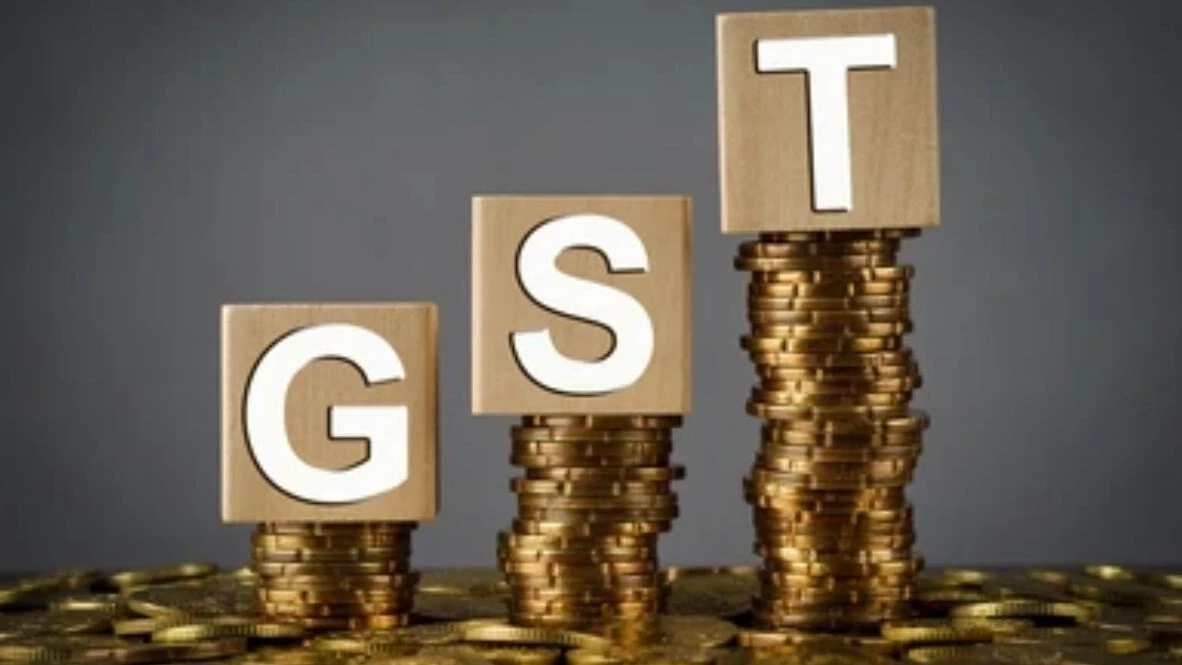The GST Council has introduced a significant procedural change in the GSTR-9 Annual Return for FY 2024-25, aimed at improving accuracy and reducing ambiguity in Input Tax Credit (ITC) disclosures.
The update adds a new field – Table 6A1 – to specifically report ITC pertaining to the previous financial year but claimed in the current year’s GSTR-3B. This move, experts say, will simplify reconciliation, enhance transparency, and reduce the scope for notices and litigation arising from reporting discrepancies.
CA Himank Singla, a tax expert, highlighted the reform on X, calling it “one of the most beneficial changes in GSTR-9 for FY 2024-25.” He noted that, earlier, taxpayers often struggled to determine where to report ITC claimed in the current year but relating to the previous one. “This lack of clarity frequently led to mismatches between GSTR-3B and GSTR-9, resulting in scrutiny, notices, and avoidable litigation,” he said.
What the new Table 6A1 does
Under the revised format, Table 6A1 in GSTR-9 provides a dedicated space to disclose ITC pertaining to earlier financial years. The clarification applies only to GSTR-9 and not to GSTR-9A, which is applicable to composition taxpayers. This change will take effect for returns due by December 31, 2025, for the financial year 2024-25.
The introduction of this new field aims to help taxpayers:
Accurately disclose ITC of the previous year claimed in the current year’s returns.
Avoid duplication or omission of ITC across different financial years.
Ensure consistency between GSTR-3B and GSTR-9 filings.
According to tax professionals, the addition of Table 6A1 addresses a persistent gap in ITC carry-forward disclosures, which had often led to confusion and subsequent departmental notices. The new format is expected to reduce compliance uncertainty by aligning reporting requirements with the actual claim patterns followed in monthly or quarterly returns.
Reduced litigation and smoother audits
Experts say the change will enable both taxpayers and the tax department to get a more reconciled and transparent view of ITC utilization. It will also simplify desk reviews and audits, since officers will now be able to clearly match ITC reversals and claims between financial years.
However, tax professionals have cautioned that accurate bookkeeping and documentation remain critical. The department is likely to cross-verify the data reported in Table 12 (ITC reversal) and Table 13 (ITC availed) of the previous year’s GSTR-9 with Table 6A1 of the current year to ensure consistency. “This structured approach promotes transparency and reduces the scope for interpretational differences,” said a senior GST consultant.
Additional GST clarifications released
The new GSTR-9 structure was announced alongside other clarifications on GST rates and applicability. The Council clarified that local delivery services provided through e-commerce platforms remain outside the scope of Goods Transport Agency (GTA) rules and attract an 18% GST. Additionally, while reinsurance services remain exempt for insurers, other input services such as commissions continue to attract GST, with ITC reversal obligations applying where necessary.
Preparing for the new compliance regime
Tax experts recommend that businesses begin reviewing their ITC records and reconciling data across financial years to ensure smooth filing. Maintaining accurate working papers and supporting documentation will be essential to avoid discrepancies that could trigger departmental queries.
With the GSTR-9 for FY 2024-25 now live on the GST portal, taxpayers have until December 31, 2025, to file their returns. The inclusion of Table 6A1 marks a clear step toward streamlining annual return compliance, providing both taxpayers and authorities with a consistent and verifiable framework.
As one tax expert summed it up: “The introduction of Table 6A1 closes a long-standing gap in GST reporting. It brings clarity, consistency, and confidence – three things every taxpayer needs.”
